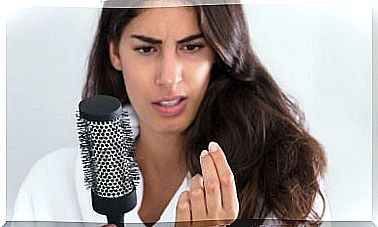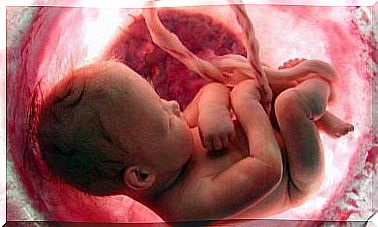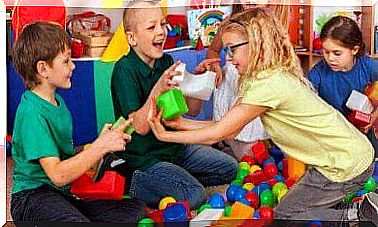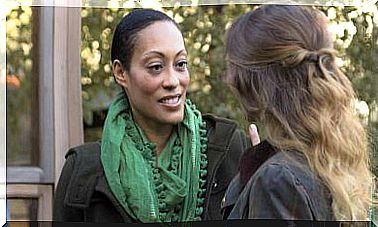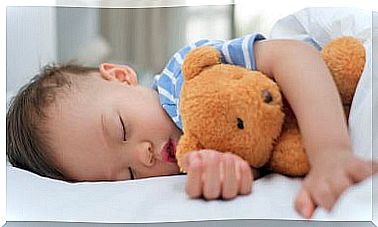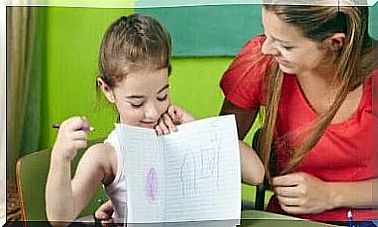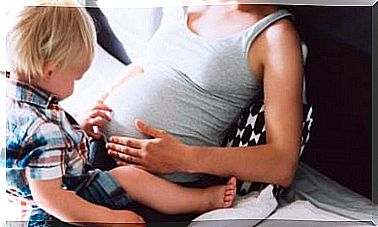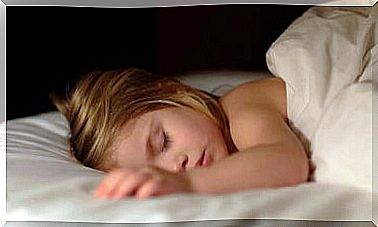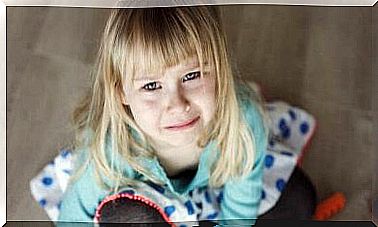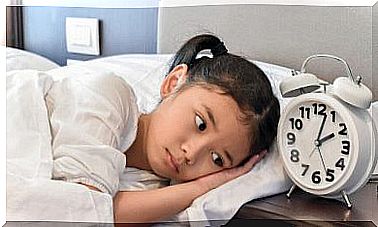How To Stimulate Visual Development In Children
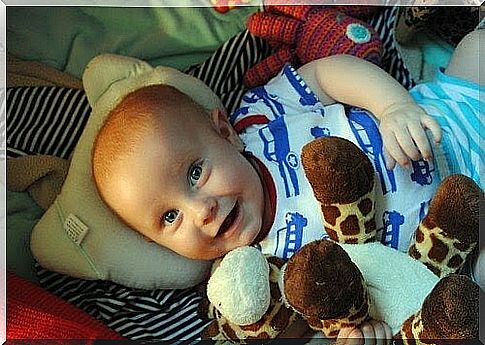
Hiding your favorite toy when you play together is a great way to contribute to the visual development of children. Even if you leave only a small part of the toy visible, your baby will be able to find it.
For young children, everything is a new experience. Stimulating visual development in children is a beautiful task that opens the eyes to a life full of experiences and joy.
In newborns, smell and touch are the most developed senses. However, vision is limited and your child’s visual development has only just begun. Your child can perceive the world around him. But it is difficult to focus on an individual object in its field of view.
Up to the age of two, the stimulation of your child’s vision can be an exciting challenge. Colors are your best friends.
Your baby has just begun to discover the world outside of your womb. Conquering that world will be easier if you stimulate its vision from an early age. The younger the age, the greater the opportunity to see rapid progress in visual development in children.
When a baby begins to be able to distinguish between shapes, its visual perception increases. This will be basic when the child starts school. Parents should stimulate the child’s ability to recognize objects and daily situations with increasing speed.
Early visual development in children
The first, and best, visual stimulus for a child is its mother’s face. A baby never gets tired of exchanging glances with his mother.
Place yourself at a distance of about 30 centimeters from your child’s face. During the first months of life, it is at this distance that it has the capacity to focus on your facial features.
At the same time, it will enjoy the tender and larval things you say to it when you look into its eyes. This simple activity is a pleasant experience for young children and will motivate them to always look for mom.
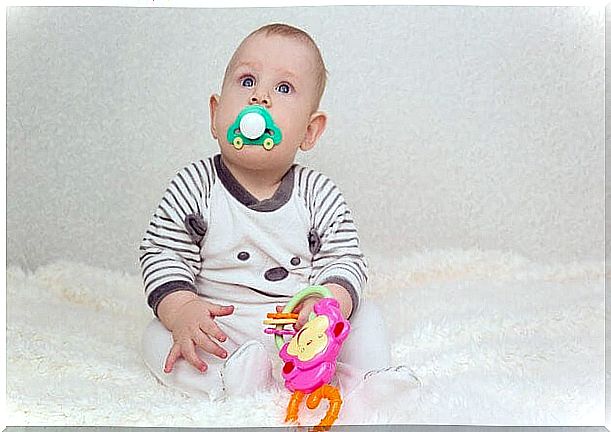
Voices, glances and the connection between mother and child
A newborn connects his mother’s face with her voice, her touch, her embrace with security and with satisfying hunger.
Experts suggest that you keep eye contact with your baby while breastfeeding, bathing and playing with it. When a baby looks at its mother and touches her, the emotional bond is strengthened.
Baby rattles that are red, or that have contrasting colors, help stimulate your 3 month old baby. They capture your child’s attention and help it connect sight with sound.
In addition, you motivate your child to look for the sound source. When you shake the rattle and move it, your little one follows it with his eyes.
At this age, infants prefer objects in different sizes and with elaborate patterns.
You can also stimulate your child’s vision with light, which it will try to follow. You may also notice that the light causes your baby’s pupils to contract, which is a sign that everything is okay.
Letting your child stare at their hands and discover how they move is incredibly important. Soon it will try to grasp objects and begin to become aware of its own body. This is the beginning of eye-hand coordination.
Toys and stuffed animals
Hold a stuffed animal in each hand and touch them in front of you while talking to your baby. Vary by touching one stuffed animal at a time. This will attract your child’s attention to the moving animal.
It will also stimulate your child’s vision and begin the process of learning to converse.
Another great friend in the task of stimulating your child visually is to serve colorful food that your child can eat with their fingers. When your child brings the food to his mouth, it will further develop his eye-hand coordination and increase the integration of the 5 senses.
Photographs and other activities
Looking at your family photos is an excellent visual exercise for your child’s visual development. At 8 months of age, your little one can not only recognize faces, but also remember their loved ones.
Taking your child to the park or beach so that he can observe different landscapes is also a positive activity. You can also view specific objects, such as leaves, rocks, cars or animals.
This increases your child’s visual capacity. If you talk to your baby about what he sees, you will stimulate other abilities at the same time.
Little by little, your child begins to be able to recognize and distinguish between different things. It will search for them with its eyes and become more aware of the world around it.
The child will focus his view on smaller and smaller details and will begin to gain concepts of depth. It will also develop the ability to track faster moving objects.
As one continues to stimulate visual development in children, they will be able to distinguish between objects that are near and far away.
All this knowledge helps your little one to handle new situations. Another success in the beautiful experience of learning to live.
